A report released by the United States Studies Centre (USSC), a joint venture (JV) of the American Australian Association (AAA) and the University of Sydney (UniSYD) with financial support from the Australian and Japanese governments, and US corporate and military interests, has addressed the question of solar panel manufacturing viability in Australia.
The Should Australia make solar panels? Supply chain security through global engagement report concludes the solar supply chain is currently overconcentrated in China and Australia’s efforts to diversify its sources are legitimate.
Author and USSC Research Associate Georgia Edmonstone argues while Australia’s concerns about the resilience of the solar supply chain may be justified, its policies need to focus on Australia’s place in the global supply chain.
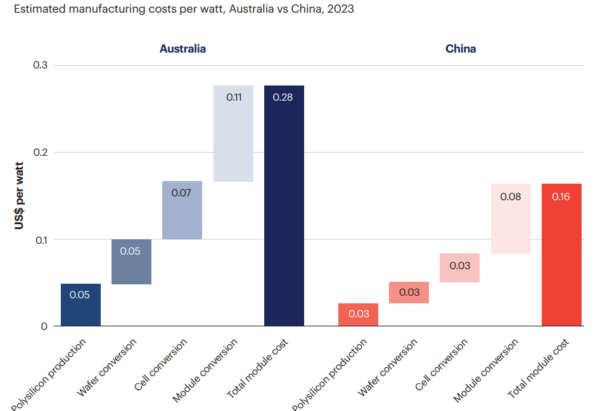
Image: United States Studies Centre
USSC Director of Economic Security Hayley Channer said the government’s Solar Sunshot seeks to diversify Australia’s energy supply and reduce its reliance on China.
“But energy security can be best ensured by more deeply engaging with global supply chains – not just investing at home.”
The report says Australia must learn lessons from the US experience and ensure its public investments achieve its desired aim of creating a more secure supply of solar panels in the most cost-effective way.
The recommendation to do so is for Australia to consider aligning its Solar Sunshot investments to focus on supply chain resilience with an import diversification strategy for the segments of the supply chain it may not be able to domestically fulfil.
Specifically, the report says this can be achieved by using the Solar Sunshot program to make more targeted export-focused investments in certain segments of the supply chain and consider global supply chain resilience in its project funding.
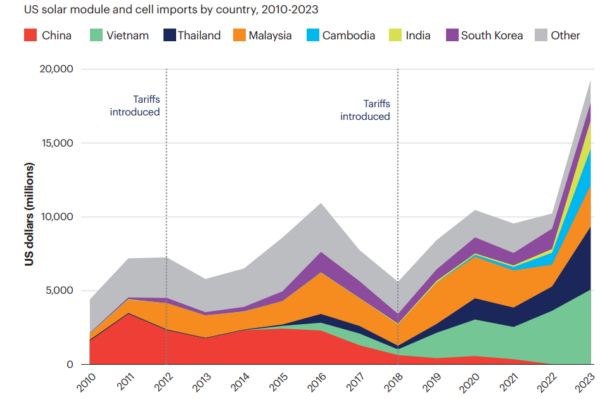
Image: United States Studies Centre
Forging closer links between Australian consumers and overseas manufacturers in India, Southeast Asia and the United State is another proposed strategy, as well as leveraging diplomatic and education networks to advocate for Australia’s role in a global solar supply chain.
“Australia has an opportunity, not just to onshore but to fill niche gaps in the global solar supply chain and, in so doing, build resilience in this supply chain,” Channer said.
“In this way, Australia can multiply its industrial policy output by supporting global trade flows at the same time it looks more inwards for solutions.”
This content is protected by copyright and may not be reused. If you want to cooperate with us and would like to reuse some of our content, please contact: editors@pv-magazine.com.
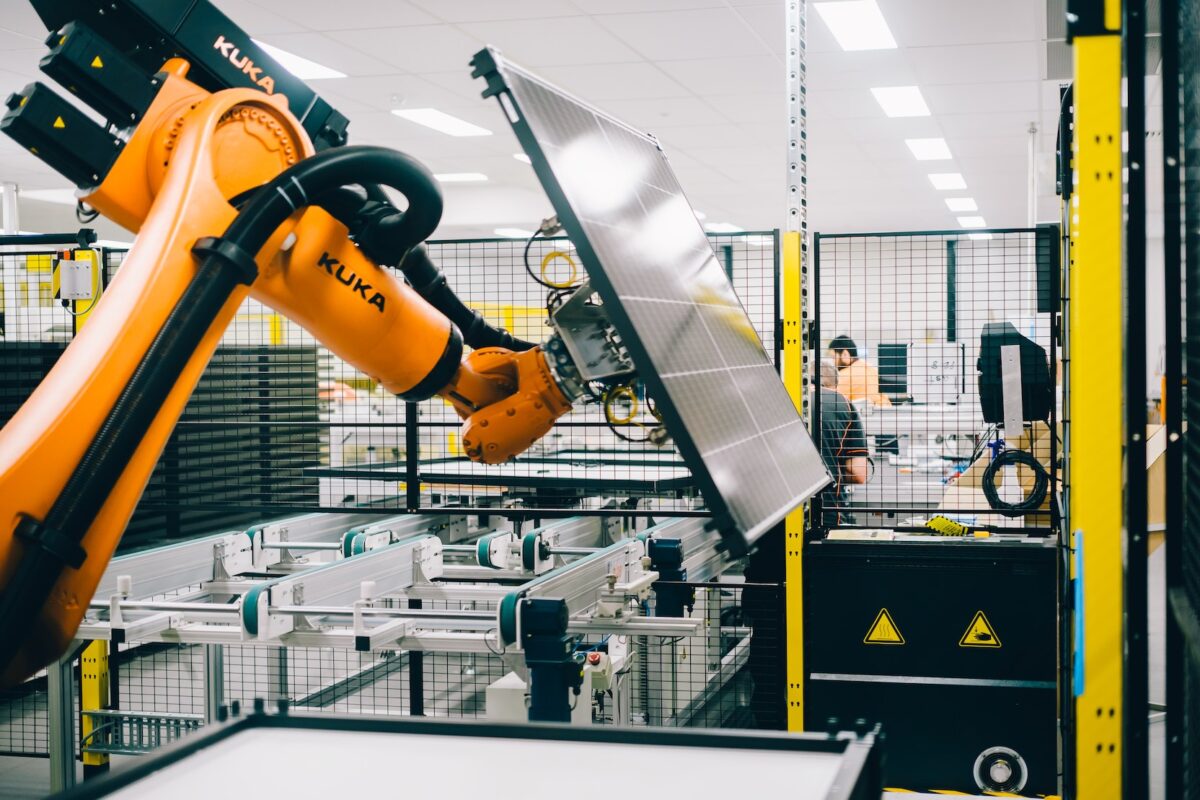


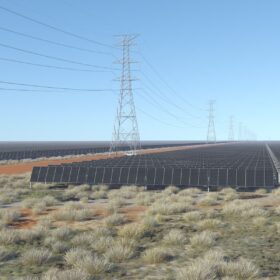
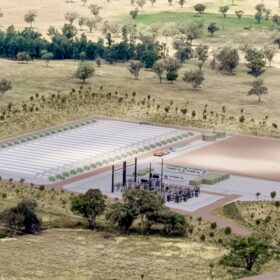
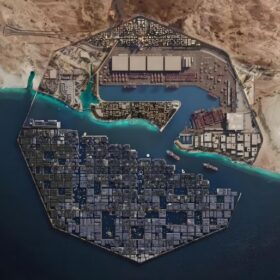
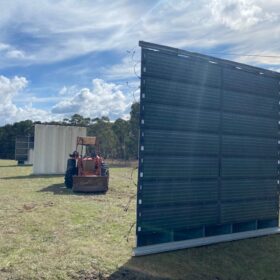
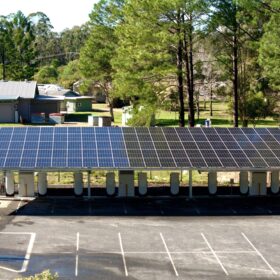
3 comments
By submitting this form you agree to pv magazine using your data for the purposes of publishing your comment.
Your personal data will only be disclosed or otherwise transmitted to third parties for the purposes of spam filtering or if this is necessary for technical maintenance of the website. Any other transfer to third parties will not take place unless this is justified on the basis of applicable data protection regulations or if pv magazine is legally obliged to do so.
You may revoke this consent at any time with effect for the future, in which case your personal data will be deleted immediately. Otherwise, your data will be deleted if pv magazine has processed your request or the purpose of data storage is fulfilled.
Further information on data privacy can be found in our Data Protection Policy.